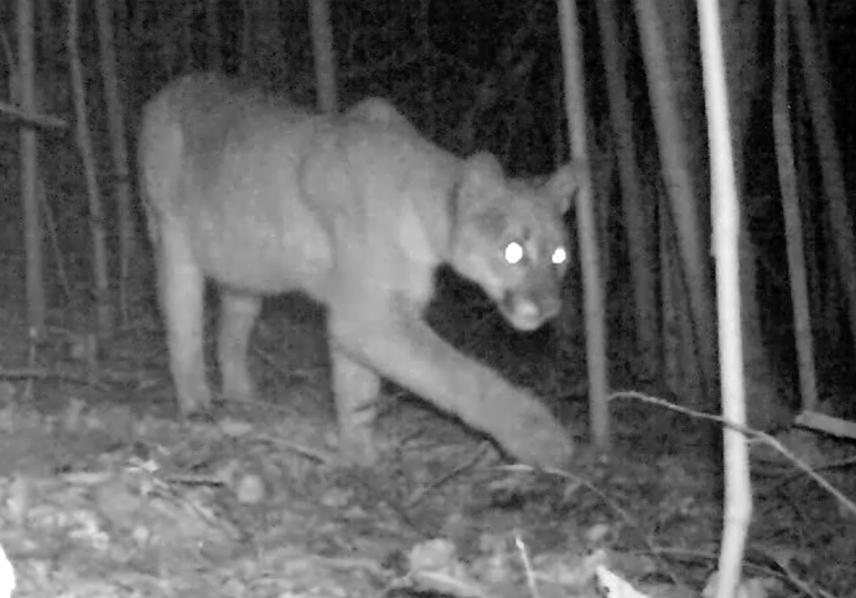Cecilia Simon
The project will train community members to measure and monitor forest and biodiversity attributes to assess possible trade-offs and synergies between ecosystem services.

San Juan Lachao (SJL), a communal landholding in Oaxaca experienced high rates of deforestation and biodiversity loss during the 1970s caused by unsustainable logging and uncontrolled hunting. Subsequent abandonment of forest areas led to the creation of overstocked forest stands with lower resistance to wildfires and disease. To reverse this, the community developed a sustainable natural resources management plan in 2008. Since 2010, they have initiated a sustainable timber extraction program, designated a deer management unit for sustainable harvest of the white-tailed deer and got involved in a forest carbon project. A primary concern for the community and other stakeholders is whether these interventions are achieving their objectives and whether they might lead to unanticipated social and/or ecosystem level repercussions.
The proposed project is the outcome of two workshops in SJL to co-design a research agenda that will allow forest managers to understand the effects of management on different ecosystem services and test their own hypotheses for how the forest responds. By creating local capacities, community members will identify and manage trade-offs and synergies between ecosystem services. Through a series of workshops and clear defined objectives we will work alongside community members in defining hypotheses related to how the identified ecosystem services and biodiversity respond to current management practices and will orient them in designing and implementing a long term monitoring plan to test these hypotheses. Additionally, we will train community members on different monitoring techniques / methodologies and on methods for analyzing the information.
The team will work together with community members to generate information associated to current timber extraction rates and the costs and benefits associated with timber extraction management practices; current forest carbon stocks, stock changes due to specific forest management activities and the cost and benefits related to participating in a voluntary carbon market; water quantity in rivers associated to forest management activities; white-tailed deer density in the forest management area, their impact on forest regeneration and cost and benefits of implementing hunting activities; and presence/absence of key species (e.g., jaguar). With this information, it is expected that the community be able to analyze what combination of management practices result in win-win situations to maximize multiple ecosystem services and human well-being.